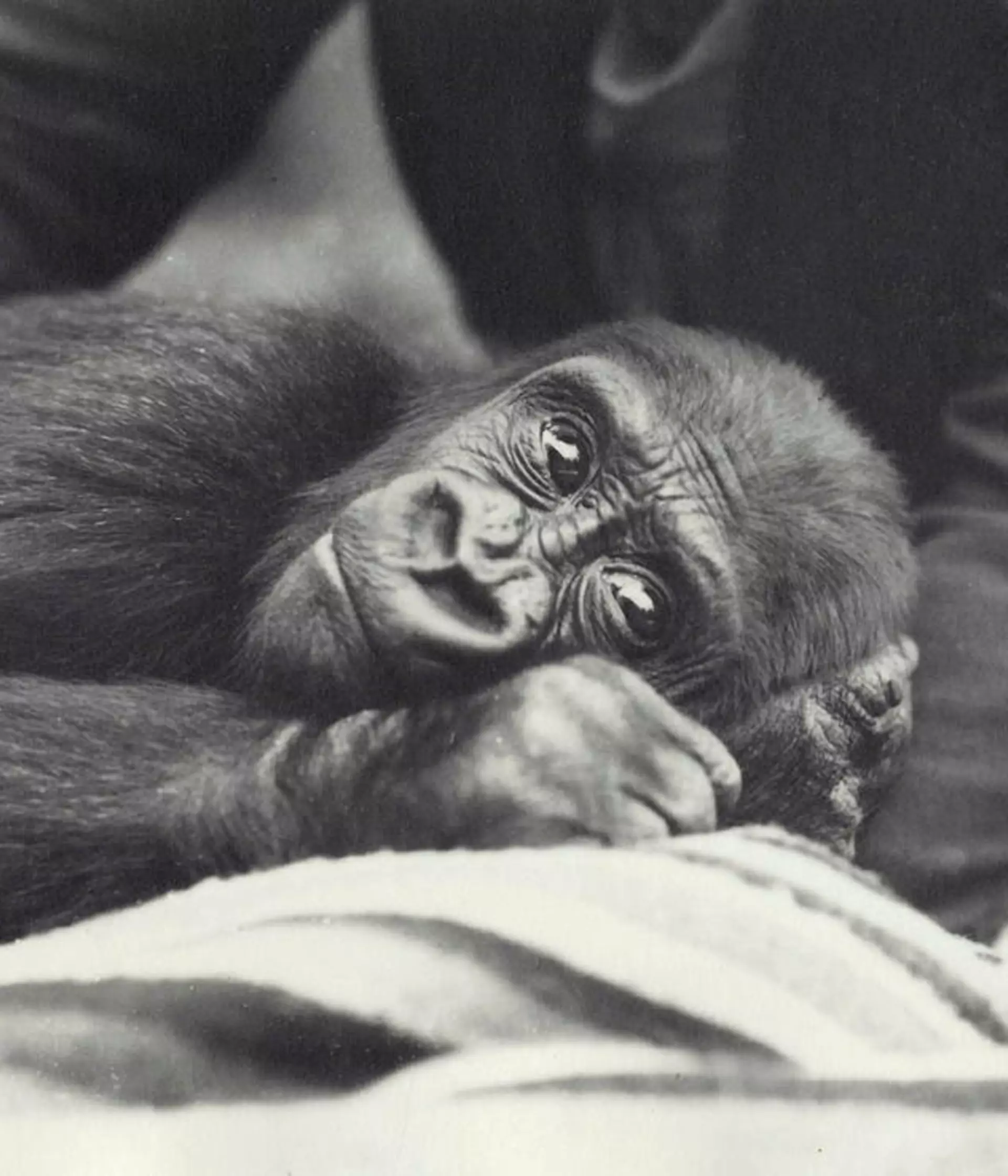One of Britain’s first modernist buildings, this circular animal house was highly imaginative in design and construction.
Lubetkin design
As our zoological research during the 19th and 20th centuries shed new light on the needs and lifestyles of animals, its buildings gradually became more scientifically and technically ambitious, too. Developed in 1932-33, the Gorilla House was purpose-built for our male and female gorilla, Mok and Moina. It was the first building at the Zoo to be commissioned to the modernist architecture practice Tecton Group. Designed by architect Berthold Lubetkin, it was also the group’s first significant building.
Early British modernist architecture
Modernist architecture is known for its interest in functional design and structural innovation, and both can be seen in the Gorilla House. The brief for the building was to provide the gorillas with access to an open-air enclosure in summer and a climate-controlled indoor enclosure in winter, while allowing visitors to view the animals all year round.
To achieve this, Lubetkin designed a circular, partly revolving structure, which was realised with the help of leading engineer Ove Arup. In winter, a retractable screen could be rotated to convert the gorilla’s outdoor summer enclosure into a sheltered public viewing space. Sliding glass windows could be raised in the dividing wall. This allowed the indoor enclosure to be air-conditioned to provide a warm, moist, rainforest-style habitat, and also kept human germs away from the gorillas. Painted white on the outside, the building was originally yellow and blue on the inside to give a sense of openness.
Following the Gorilla House, Lubetkin and the Tecton Group was hired to design other Zoo buildings, including the equally bold Penguin Pool and the North Gate Kiosk. The Round House (as the Gorilla House later became known) was subsequently adapted and used as accommodation for a range of different animals, including elephants, Kodiak bears, chimpanzees and koalas, with the revolving screen now fixed in place.
The Round House today
Although the Round House is no longer considered appropriate for larger animals, in more recent times it has been employed to house smaller creatures such as aye ayes and fruit bats.
Today, both Lubetkin’s Round House and Penguin Pool are Grade I-listed buildings, preserved for their architectural and historical significance. Although they would no longer be considered suitable for their intended inhabitants according to modern scientific standards, they remain as symbols of a radically modern and experimental phase in Zoo
